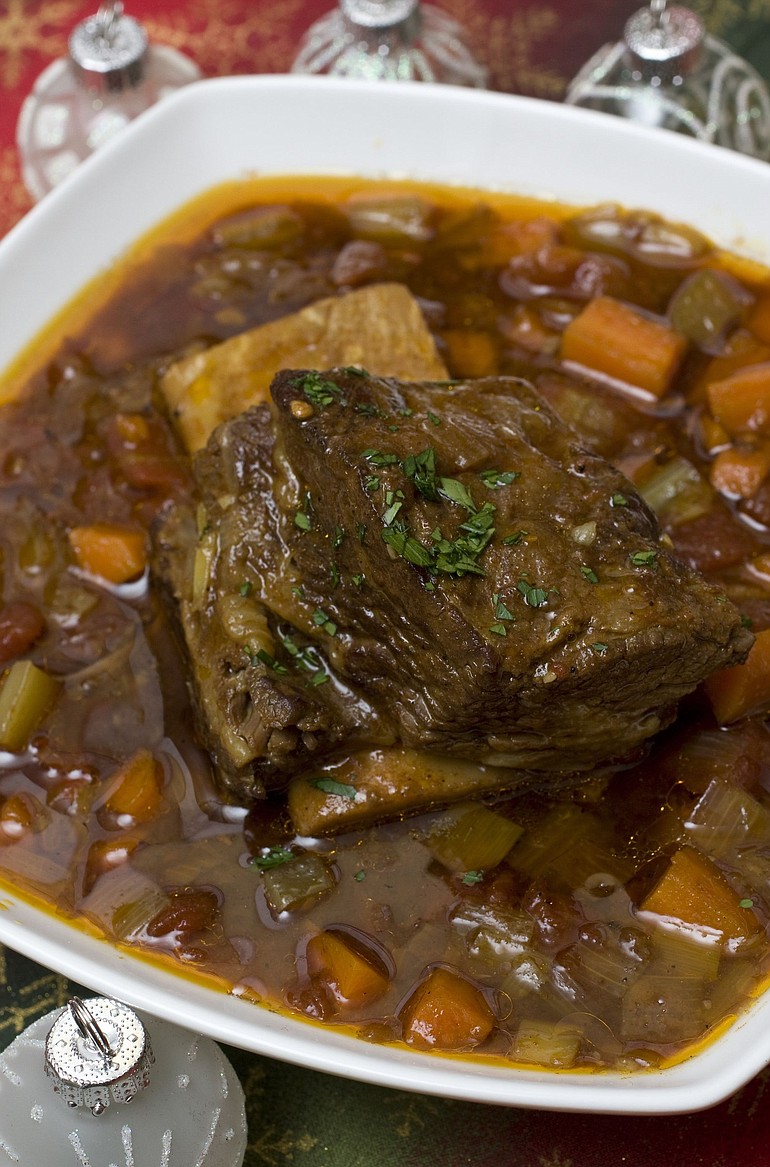This holiday season, taking it slow in the kitchen could spare you some stress and save you some cash.
If you’re serving up a meaty holiday feast, consider skipping pricey — and more easily overcooked — steaks, chops and tenderloins. Instead, consider a low and slow roast of a cheaper cut, such as the shoulders, legs and ribs.
Turning those tougher meats into succulent, memorable meals requires some patience. But in return there is plenty of down time for all that other holiday revelry and a near foolproof holiday dinner that doesn’t compromise on flavor.
“I cook with roasts all the time because they are inexpensive and if you know how to cook them right, they are extremely flavorful,” says Tanya Steel, editor in chief of Epicurious.com.



